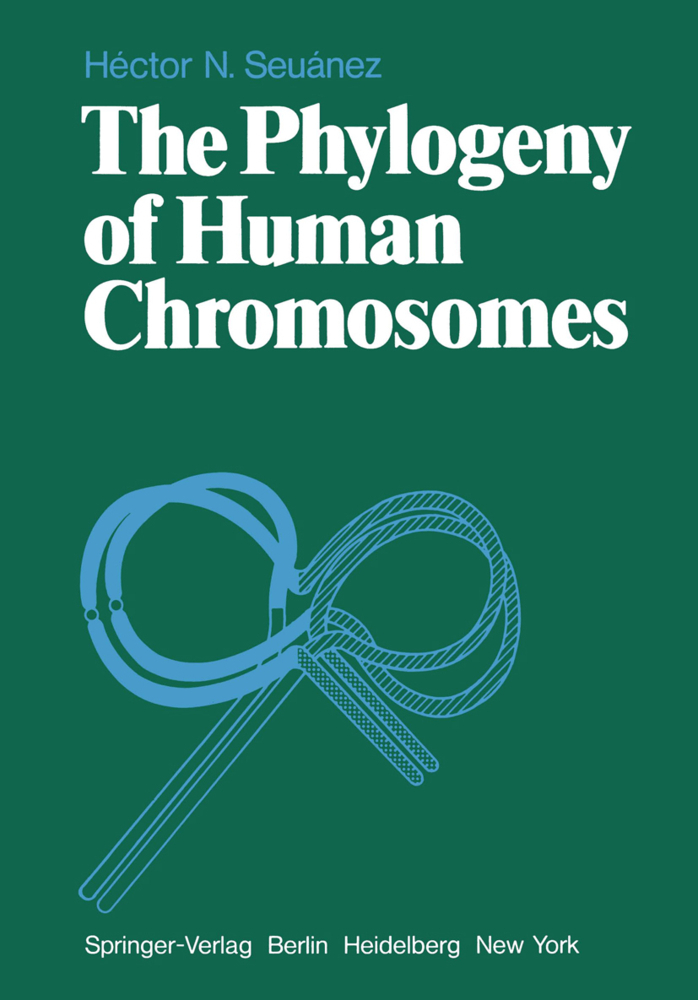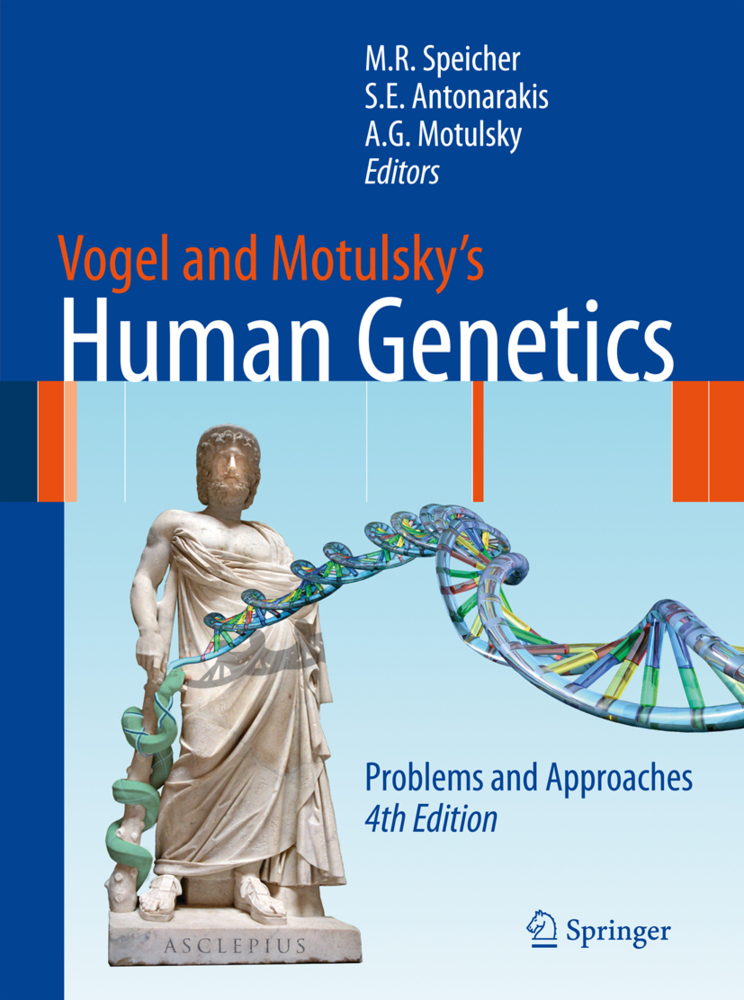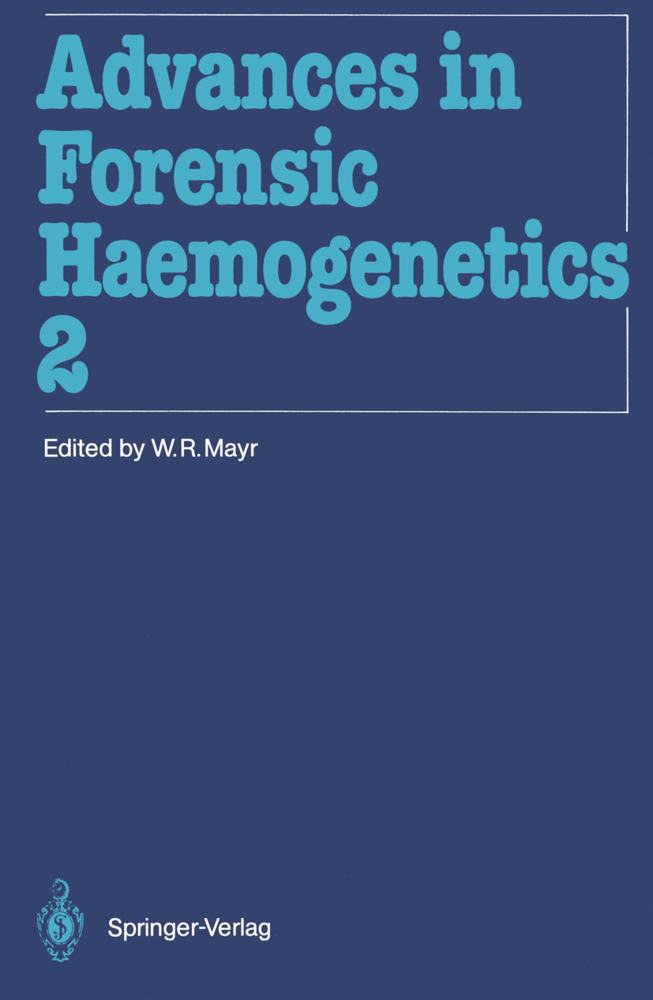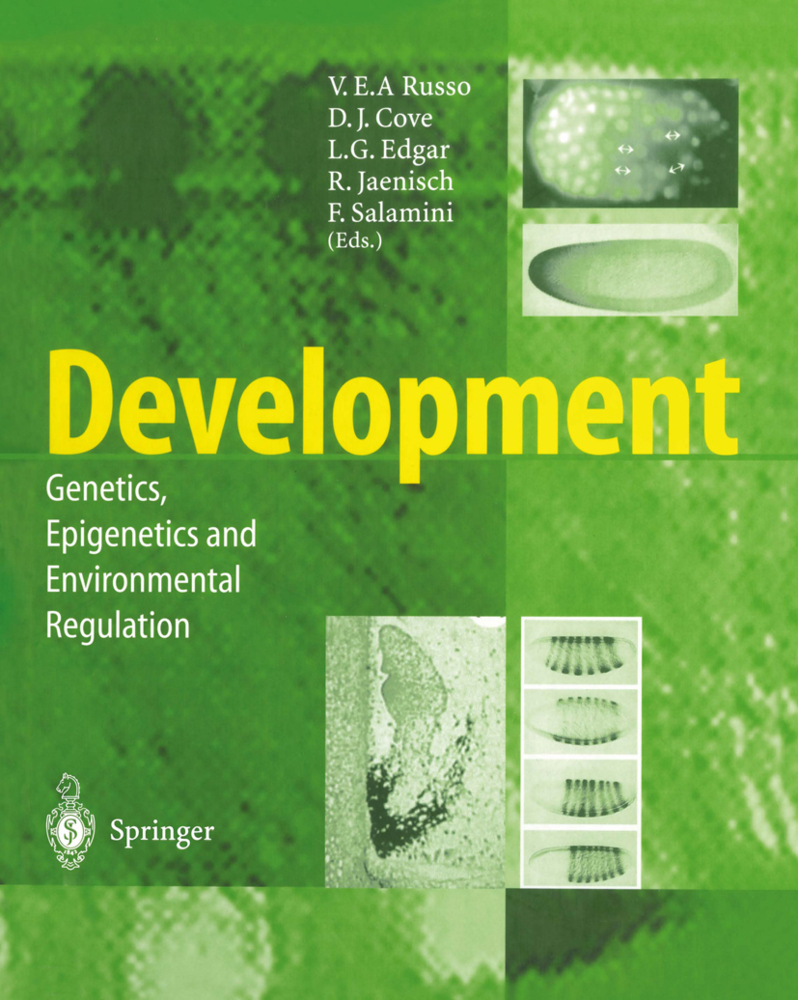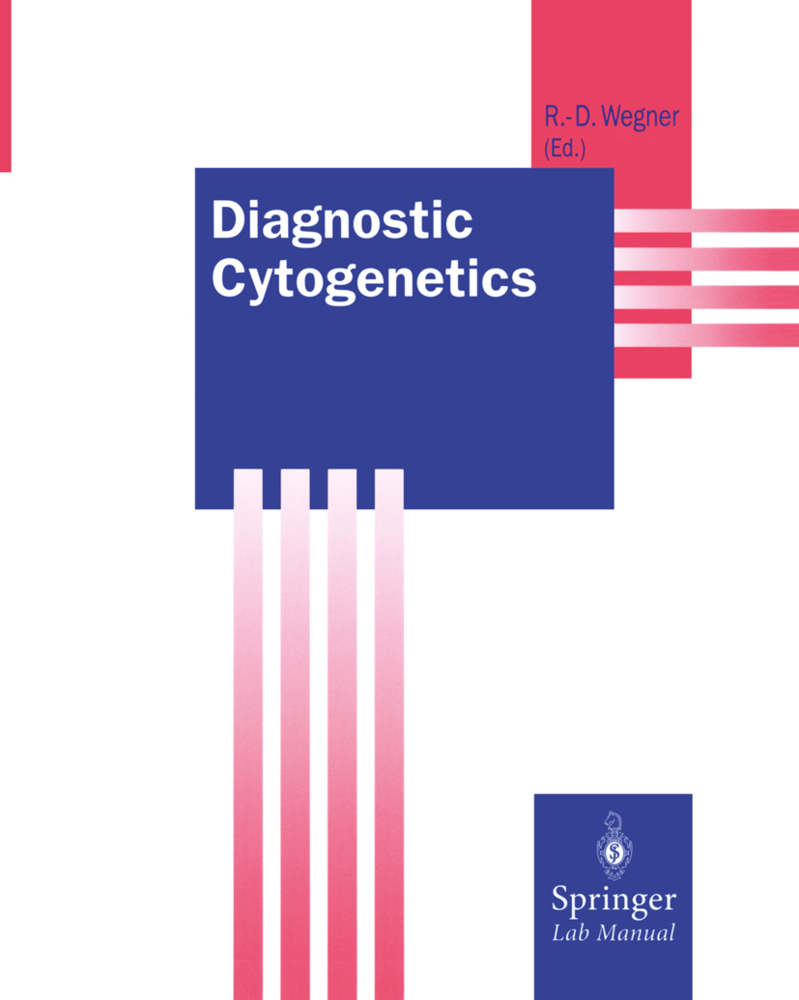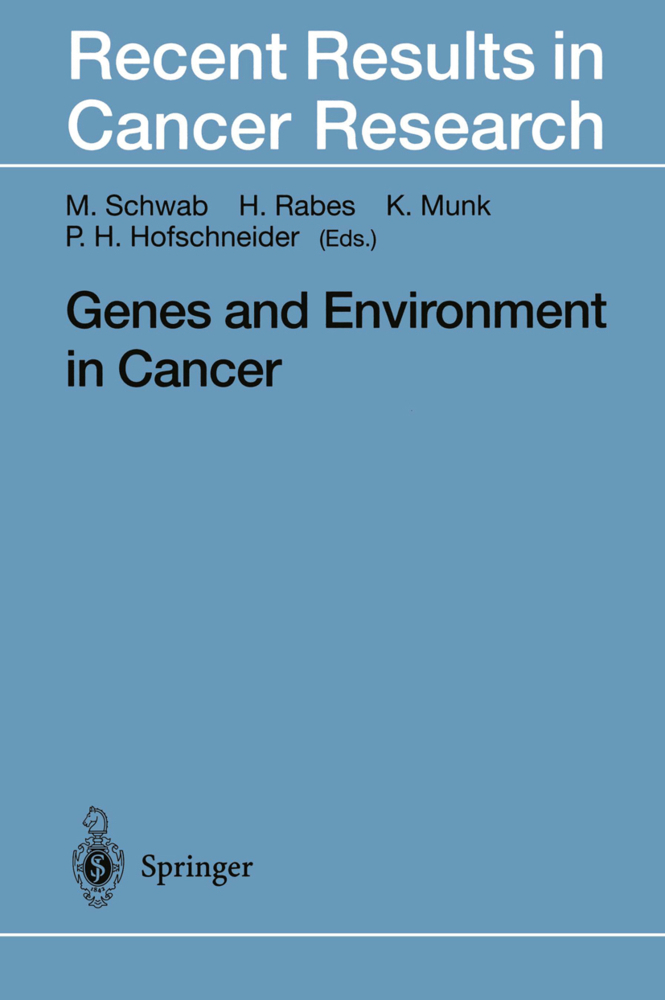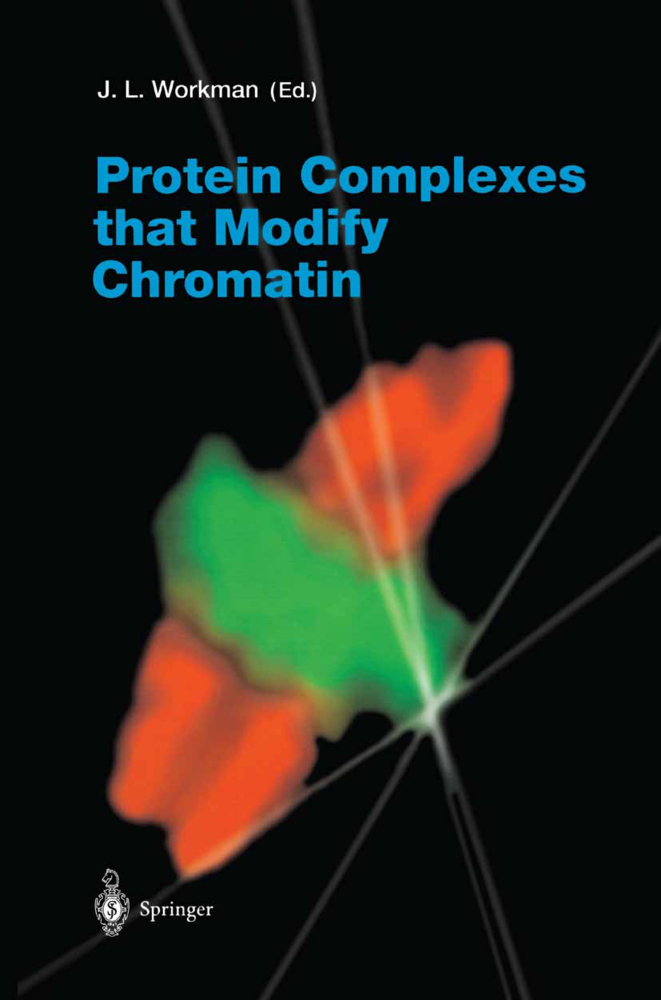The Phylogeny of Human Chromosomes
The Phylogeny of Human Chromosomes
The question of how man has emerged must be as old as human thought itself. However, it was not until last century that, amidst a storm of opposition and highly emotional criticism, man was first conceived as a product of evolution rather than creation. Moreover, it is not yet thirty years since the chemical composition and molecular structure of the hereditary material was fully understood or the chromosome number of man became known. It should not be surprising then, to find how little, at present, we understand how our genes and chromosomes operate, and how they have evolved during phylogeny. In this work I have discussed how our own chromosomes have been transmitted and altered as far back as we may trace their phylogeny into the past. To make the work more complete, the composition and evolution of our own genome had also to be consiered in order to understand some of the recent findings at the chromosome level. These have resulted from using methods for localizing repetitive and single copy DNA sequences in chromosomes. Moreover, the development of biochemical methods of studying evolution at the macromolecular level has not only led to a more complete understanding of the evolutionary mechanisms, but has enabled us to make comparisons with evolutionary change at the chromosome level. In addition, a simple reference to the fossil record was necessary, because impressive discoveries in recent years have supplied valuable data on man's evolution.
2. The Fossil Record and the Emergence of Modern Man
3. Man and His Classification
4. The Theory of Evolution, Genes, and Chromosomes
Section II. Cytotaxonomy and the Evolution of Man and the Great Apes
5. The Chromosomes of Man and the Great Apes. The Inference of Interspecific Homology
6. Chromosome Heteromorphisms in Man and the Great Apes as a Source of Chromosome Variation Within Species
7. Chromosome Rearrangement and the Phylogeny of the Hominidae
8. Chromosome Variation Versus Chromosome Fixation
Section III. Comparative Gene Mapping And Molecular Cytogenetics. A New Approach to Cytotaxonomy
9. Composition of the Human Genome
10. Evolution of Non-Repetitive DNA Sequences in Man and the Great Apes
11. Evolution of Structural Gene Sequences
12. Comparative Gene Mapping in Man and Other Primates
13. Evolution of Repetitive DNA Sequences in Man and Other Primates
14. The Chromosome Distribution of Homologous Sequences to the Four Human Satellite DNAs in the Hominidae
15. DNA Composition of Constitutive Heterochromatin in the Chromosome Complement of Man and the Great Apes
16. The Chromosomal Distribution of Ribosomal Genes in Man and the Great Apes
17. Late DNA Replicating Patterns in the Chromosomes of Man and the Great Apes
18: Evolution of Genome Size in Man and the Great Apes.
Section I. The Origin of Man
1. Man, the Most Intelligent Ape2. The Fossil Record and the Emergence of Modern Man
3. Man and His Classification
4. The Theory of Evolution, Genes, and Chromosomes
Section II. Cytotaxonomy and the Evolution of Man and the Great Apes
5. The Chromosomes of Man and the Great Apes. The Inference of Interspecific Homology
6. Chromosome Heteromorphisms in Man and the Great Apes as a Source of Chromosome Variation Within Species
7. Chromosome Rearrangement and the Phylogeny of the Hominidae
8. Chromosome Variation Versus Chromosome Fixation
Section III. Comparative Gene Mapping And Molecular Cytogenetics. A New Approach to Cytotaxonomy
9. Composition of the Human Genome
10. Evolution of Non-Repetitive DNA Sequences in Man and the Great Apes
11. Evolution of Structural Gene Sequences
12. Comparative Gene Mapping in Man and Other Primates
13. Evolution of Repetitive DNA Sequences in Man and Other Primates
14. The Chromosome Distribution of Homologous Sequences to the Four Human Satellite DNAs in the Hominidae
15. DNA Composition of Constitutive Heterochromatin in the Chromosome Complement of Man and the Great Apes
16. The Chromosomal Distribution of Ribosomal Genes in Man and the Great Apes
17. Late DNA Replicating Patterns in the Chromosomes of Man and the Great Apes
18: Evolution of Genome Size in Man and the Great Apes.
Seuanez, H. N.
| ISBN | 978-3-540-09303-9 |
|---|---|
| Medientyp | Buch |
| Copyrightjahr | 1979 |
| Verlag | Springer, Berlin |
| Umfang | XII, 190 Seiten |
| Sprache | Englisch |

